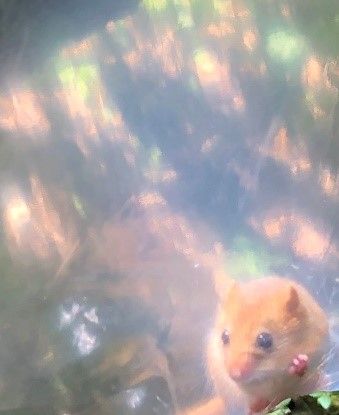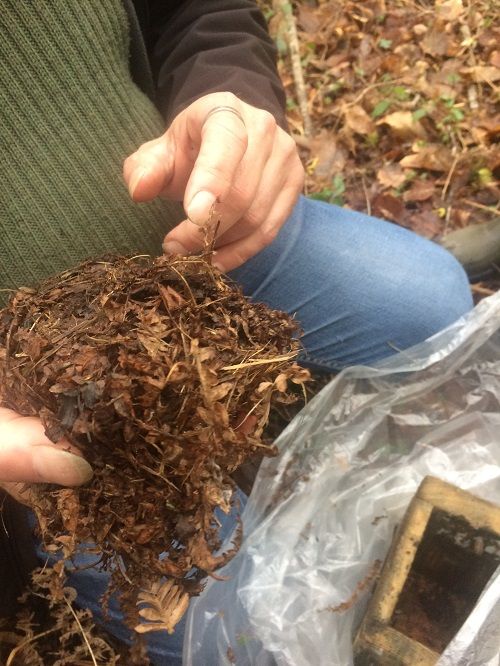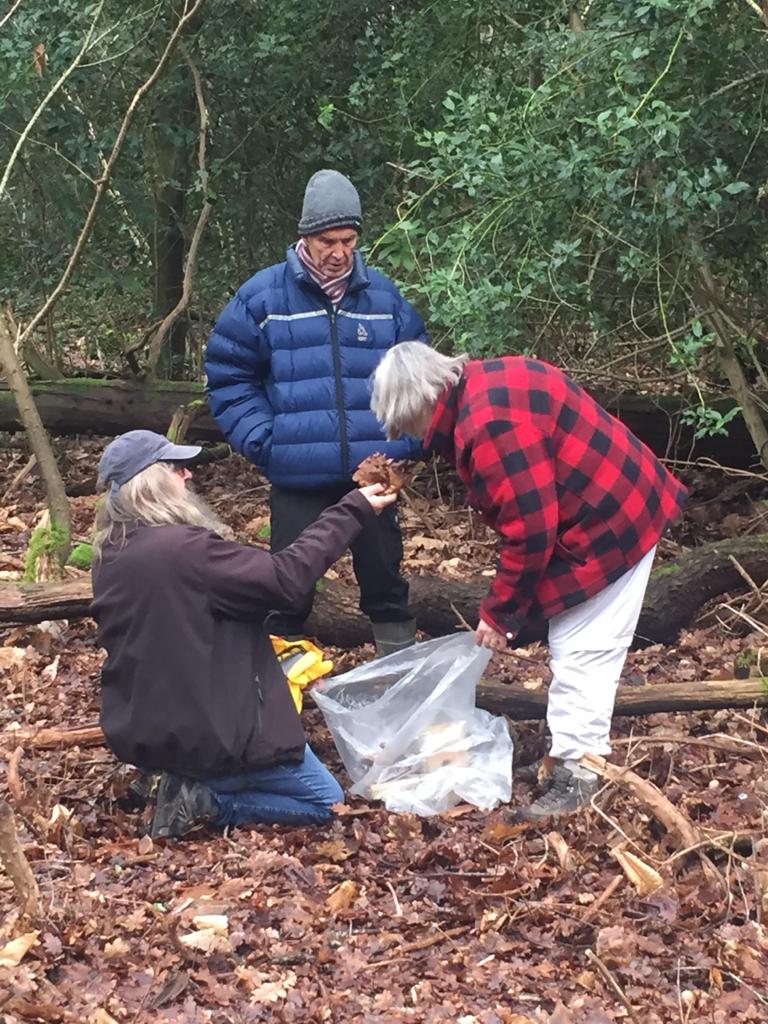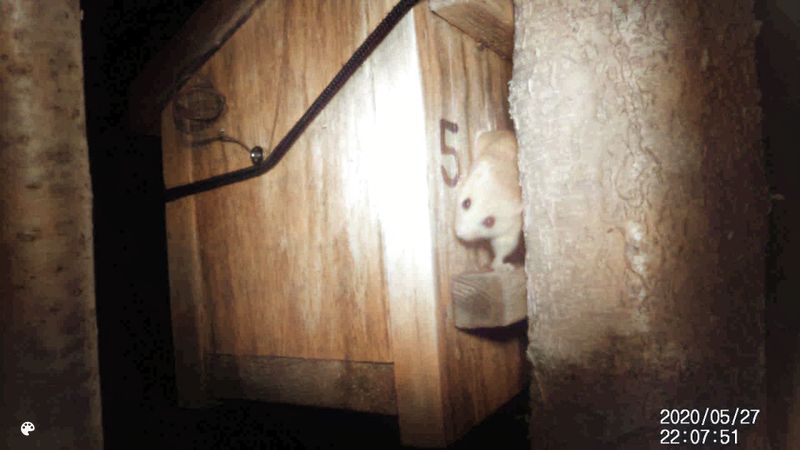Ian Powell and the Arun Countryside Trust
Few people know the woods on Tortington Common in West Sussex as well as Ian Powell. A local man, interested in natural history, he has lived his life with a passion for conserving the ancient woodlands of the Arun Valley. For two decades Ian, the principal dormouse monitor for Arun Countryside Trust (ACT, formerly MAVES – Mid Arun Valley Environmental Survey) has been monitoring the hazel dormice in the area. The site has been reliably marked on maps as woodland since at least 1705. Now it’s part of the South Downs National Park and the wood had been largely unmanaged since the great storm of 1987 felled many oaks.
Ian and his pupils have been observing the hazel dormice in the ancient woods which are abundant in valuable food sources for dormice: hazel, oak, bramble and honeysuckle. A dense understorey means there are few areas where visibility is further than 20 metres, which is perfect for dormice. Three years ago, the group decided the site was perfect for a larger scale dormouse survey and conservation project. The aim was twofold: to record our existing dormouse population on the Common and create the right conditions to make the area a dormouse stronghold.
Collaborating to monitor dormice
In October 2017, Ian Powell and Andy Davies approached Tesco in a bid to raise funds for a small dormouse monitoring project. Groundwork, an environmental charity, helped by providing guidance and the group was delighted to receive £2000 towards our project. We were able to bring Tesco employees to the wood to explain what we hoped to do, with the understanding that progress on the scheme would be posted in the local store.
Ian’s local contacts proved invaluable again. He contacted HMP Ford to incorporate a social enterprise aspect into the project. The boxes were cut and assembled by inmates at HMP Ford, enabling the funds to go even further. Norfolk estate, Lynwood Noor and Jupp’s Wood on Tortington Common were all brought into the project creating a central monitoring site across the heart of the woodland area. What follows is an account of a year in just one of the woods, a site of some 10 acres.
We were so delighted with the efforts of two Ford inmates, Keith and Alan, who built us high quality nest boxes in the prison woodwork shop that we invited them to take part in setting up the boxes. Requests for their day releases postponed the installation date but we finally put the boxes up in June, creating a map of their whereabouts in the wood. Our first official survey took place in January 2020 and, excitingly, Ian identified three dormouse nests. An unexpected bonus was the discovery of a fungus on one box that turned out to be Pseudombrophila merdaria, a record first for West Sussex. In March the dormouse site was officially registered with PTES’ NDMP programme.
Monitoring in lockdown
Of course, we were most concerned about the effect of lockdown. The funds from Tesco had extended to several trail cameras which we set up in April 2020, placing one focussing on box five, one that had contained a dormouse nest previously. The camera captured dormouse activity on every night between 22nd and 26th April, our first confirmed sightings! As the lockdown meant the planned monitoring was reduced, remote monitoring continued on other boxes that had shown evidence of habitation in the previous inspection.
The next (this time socially distanced) survey of the year took place in May. Ian Powell and Paul Stevens, both licensed handlers, checked 38 of the 53 boxes. Interestingly, box five was empty, despite showing practically daily visits from dormice. One male dormouse was found along with evidence of wood mice, shrews and birds. We kept the cameras up and saw further activity throughout the summer, and found three more nests in December.
While the lockdowns have impacted the monitoring on site, the greatest casualty has been the planned continuing of our relationship with HMP Ford. It hasn’t been possible for the inmates to continue their involvement but we hope this will change in the near future. On a positive note, we’ve found dormouse nests in five boxes and had regular trail camera footage from two of those boxes. Small numbers but early days and immensely rewarding to add dormouse activity to the wildlife profile of the woods!
Written by Lyn Glanz
Find out how we’re working to protect the hazel dormouse and what you can do to help:




